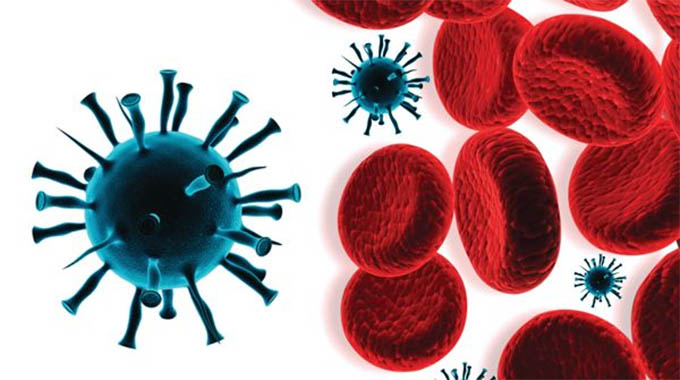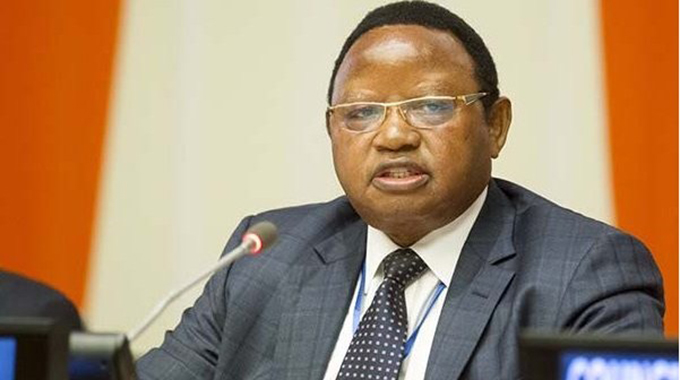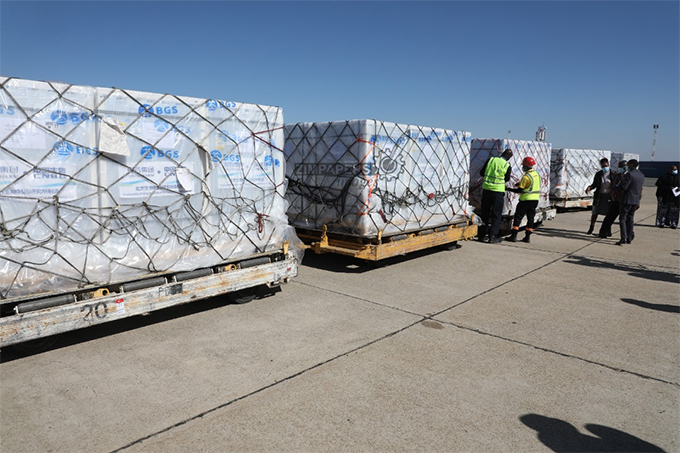July worst month for Covid deaths, infections

Herald Reporter
July was easily Zimbabwe’s worst month for Covid-19 infections and deaths, basically doubling all the new cases and deaths since the first case was recorded in March last year, with 1 743 (49,35 percent) of the total of 3 532 deaths recorded and 58 996 (54,19 percent) of the 108 860 confirmed infections.
On the positive side, July was also easily the best month for vaccinations, with 1 081 070 jabs, 44,79 percent of the total of 2 413 509 doses given since the national vaccination programme started in February.
The third wave has easily been the worst of the three waves, with each wave being worse the previous one. And July was the centre of the third wave, the peak in average infections being hit right in the middle of the month on July 15 with 2 355. By Saturday, the last day of the month, the rolling average had fallen to 1 654, significantly above the 987 on July 1, with the figure for July 8, a week later, being the equivalent.
So the progress and retreat seen over the last fortnight since the peak average has only regained the ground lost in the week before that peak.
But while Saturday’s rolling average was 167,57 percent of the rolling average on the first day of the month, it was only 70,23 percent of the peak average on July 15.
Of concern is the fact that the third wave is retreating more slowly than the wave built up.
This is largely due to the shift from a small number of hotspots, most in Mashonaland West, at the beginning of the month to a far more national spread with Harare Metropolitan now being the worst hit province. The retreat in Mashonaland West has been far more than the national retreat, but because the infection spread geographically as well as within hotspots, the national retreat has been slower.
The spread from the small towns of Mashonaland to the whole country was what triggered the decision by President Mnangagwa and his Government to extend the enhanced level four lockdown from three districts of Mashonaland West and Kwekwe district in Midlands to the whole country.
That decision, taken as the first signs appeared that the wave was spreading, certainly helped prevent a far worse peaking in infections and deaths, but the problems of compliance by many in the larger cities made the growing wave almost inevitable.
The Government tried to minimise the strength of the wave by giving priority in the new acceleration of the vaccination programme to the original small town hotspots, the surrounding rural areas, the border towns and the major markets in the big cities.
This would have helped, but it is not until the last few days that there has been a huge surge in second doses, as those originally targeted for a priority first dose come in at the end of the required four weeks.
While a first dose of vaccine does help to protect and reduce the severity of an infection, it is the second dose that offers the far higher levels of protection.
But as many of the original surge in first doses at the start of last month were the most at risk, and the most likely to pass on the infection, the present surge in second doses should have a greater effect than a random selection would have.










Comments